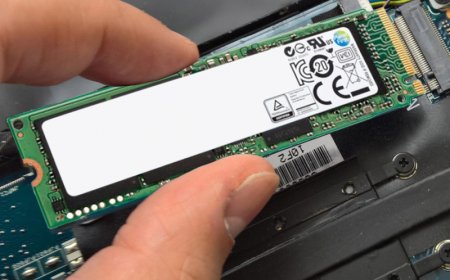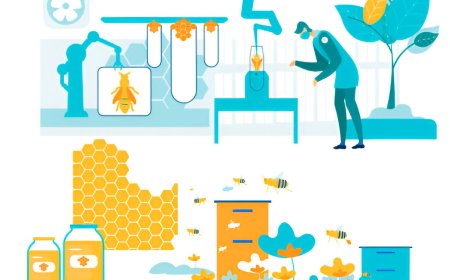CNC Turning – Tolerances, Materials, and Live Tooling Explained

CNC turning is a foundational process in modern manufacturing, offering precision, efficiency, and flexibility for creating cylindrical components. From aerospace parts to medical devices, CNC turning delivers consistent results across a variety of materials and specifications. But to truly optimize this process, its essential to understand its tolerances, material compatibility, and the game-changing benefits of live tooling.
In this article, well break down how these elements influence production outcomes and how manufacturers can make informed decisions to get the most out of CNC turning operations.
What Is CNC Turning?
CNC turning is a subtractive manufacturing process in which material is removed from a rotating workpiece using cutting tools. Unlike millingwhere the cutting tool rotatesturning keeps the workpiece in motion while tools are fed along its axis. This method is ideal for producing symmetrical parts like shafts, bushings, pulleys, and threaded components.
CNC lathes or turning centers are capable of executing highly complex operations with repeatable accuracy, making them indispensable in precision engineering.
Understanding Tolerances in CNC Turning
What Are Tolerances?
Tolerances define the permissible limits of variation in a physical dimension. In CNC turning, tolerances are crucial because even microscopic deviations can affect the performance, fit, and function of machined partsespecially in high-stakes industries like automotive, aerospace, and medical.
Common CNC Turning Tolerances:
-
Standard Tolerances: 0.005 inches (0.127 mm)
-
Tight Tolerances: 0.001 inches (0.025 mm) or better
-
Custom Tolerances: Based on application-specific requirements and material behavior
Achieving tighter tolerances may require multiple passes, specialized tooling, or post-machining processes such as grinding or polishing.
Materials Commonly Used in CNC Turning
Material selection is a pivotal aspect of CNC turning. The machinability, thermal expansion, and strength of a material all influence how well it performs under turning operations.
Common Materials Include:
? Metals
-
Aluminum: Lightweight, corrosion-resistant, and highly machinable.
-
Steel (Mild & Stainless): Offers strength and versatility.
-
Brass: Excellent for high-speed turning; low friction.
-
Titanium: Used in aerospace and medical components, though harder to machine.
? Plastics
-
Nylon: Offers wear resistance and good machinability.
-
Polyamide (Nylon 6 vs Nylon 6/6): Often compared for mechanical properties. Learn more in this in-depth comparison: Polyamide vs Nylon.
-
PTFE (Teflon): Excellent chemical resistance, suitable for electrical components.
-
Delrin (Acetal): Great for precision parts requiring high dimensional stability.
The right material will depend on the functional requirements of the final partload-bearing capacity, thermal resistance, exposure to chemicals, and so on.
The Role of Live Tooling in CNC Turning
Traditional CNC turning involves only axial and radial cuts with stationary tools. But live toolingalso known as driven toolingadds dynamic motion to the toolset, allowing the machine to perform milling, drilling, and tapping operations without moving the part to another machine.
Advantages of Live Tooling:
-
Multifunctional machining: Perform turning and milling in one setup
-
Improved efficiency: Eliminates secondary operations, reducing cycle times
-
Enhanced part complexity: Enables creation of keyways, slots, and off-center holes
-
Tighter tolerances: Minimizes re-clamping and part misalignment
Live tooling transforms a lathe into a hybrid machining center, significantly boosting productivity and precision for complex parts.
Combining Tolerance, Material, and Tooling for Best Results
To achieve optimal results in CNC turning:
-
Define application requirements early: Know the functional and environmental needs of the part.
-
Select appropriate materials: Use comparative resources like the Polyamide vs Nylon guide to evaluate material options.
-
Match tolerances with capabilities: Choose tolerances that balance precision with cost-effectiveness.
-
Leverage live tooling where needed: Reduce handling and increase dimensional accuracy.
The synergy between these three factors determines not just the success of an individual part, but the overall efficiency of your CNC machining workflow.
Conclusion
CNC turning continues to evolve, with tighter tolerances, expanded material compatibility, and advanced live tooling systems pushing the boundaries of whats possible. Whether youre fabricating aerospace bushings or high-volume consumer components, mastering these core principlestolerances, materials, and toolingwill help you deliver better products, faster and more efficiently.
For more insights on material selection and technical comparisons like Polyamide vs Nylon, be sure to explore additional resources from CNC machining experts.







































